Search for articles, topics or more
browse by topics

Search for articles, topics or more

“Ponti style” is a lifestyle that emerged through six decades of the creative practice of Gio Ponti (1891-1979).
The term is connected with the houses that the Italian master architect designed and furnished for himself and his family in Milan: Via Randaccio in 1925, Via Benedetto Brin in 1935 and at Via Dezza, in 1956-57 in Milan. This last manifesto house was the perfect embodiment of Ponti’s inventive approach towards interior, furniture, lighting and fittings – a repository for his inventions and a showcase for the expertise that he had gathered through working with Europe’s top manufacturers in the years prior. In 2012, Molteni&C began a collaboration with Ponti’s family and archive to revive key pieces from these houses and other projects, testament to the continued interest in the architect and his now iconic designs.

The road to Via Dezza began in 1921. After Ponti graduated from the Politecnico di Milano, he started designing decorative ceramicware, created during his time as art director for Richard Ginori (1923-33). The Prospettica vase (1923), for example, is an early work that plays with perspective and features a graphic depicting stacked cellular rooms, each containing a vase or object.
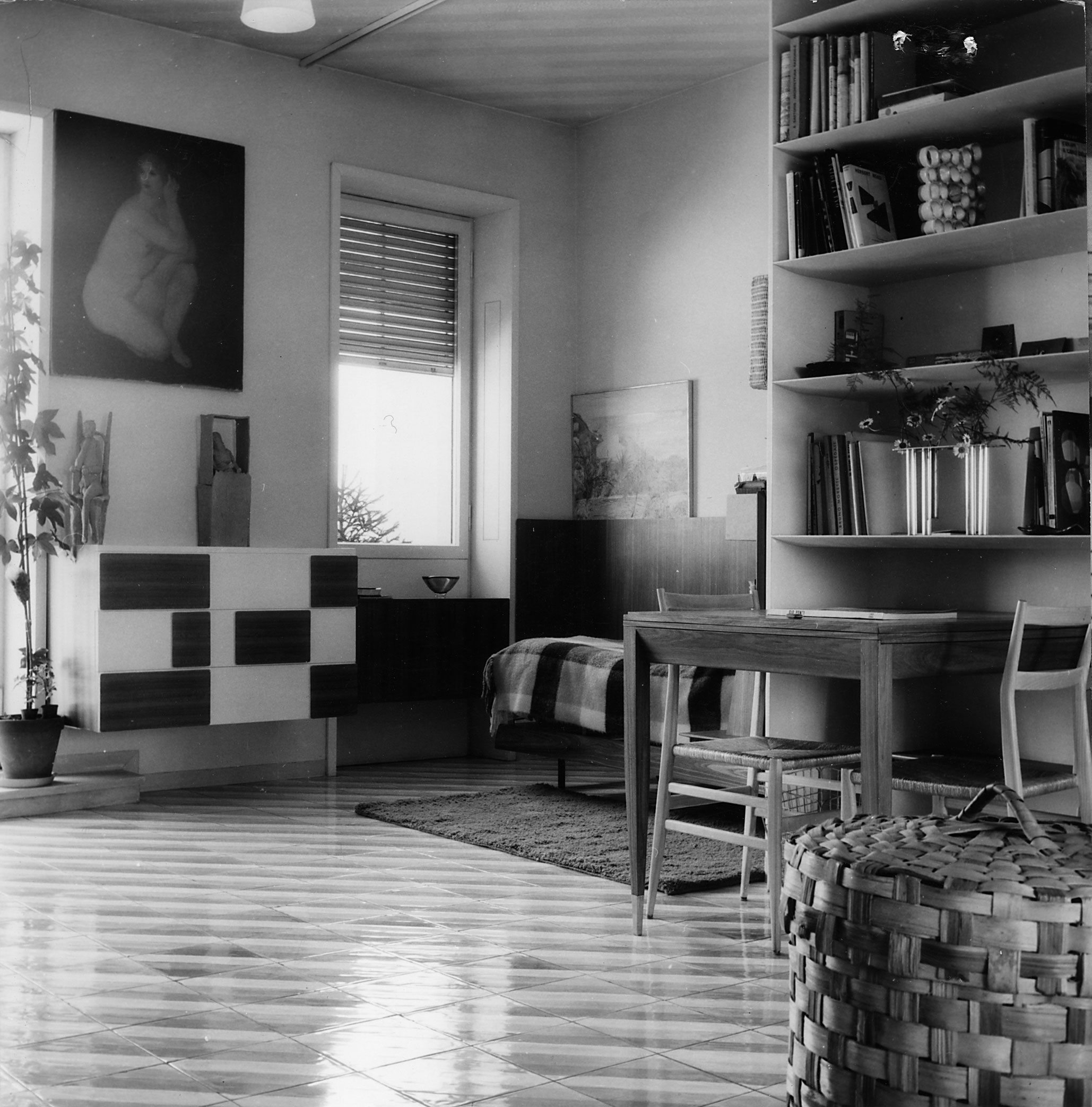 Gio Ponti Archives / G.Casali
Gio Ponti Archives / G.Casali
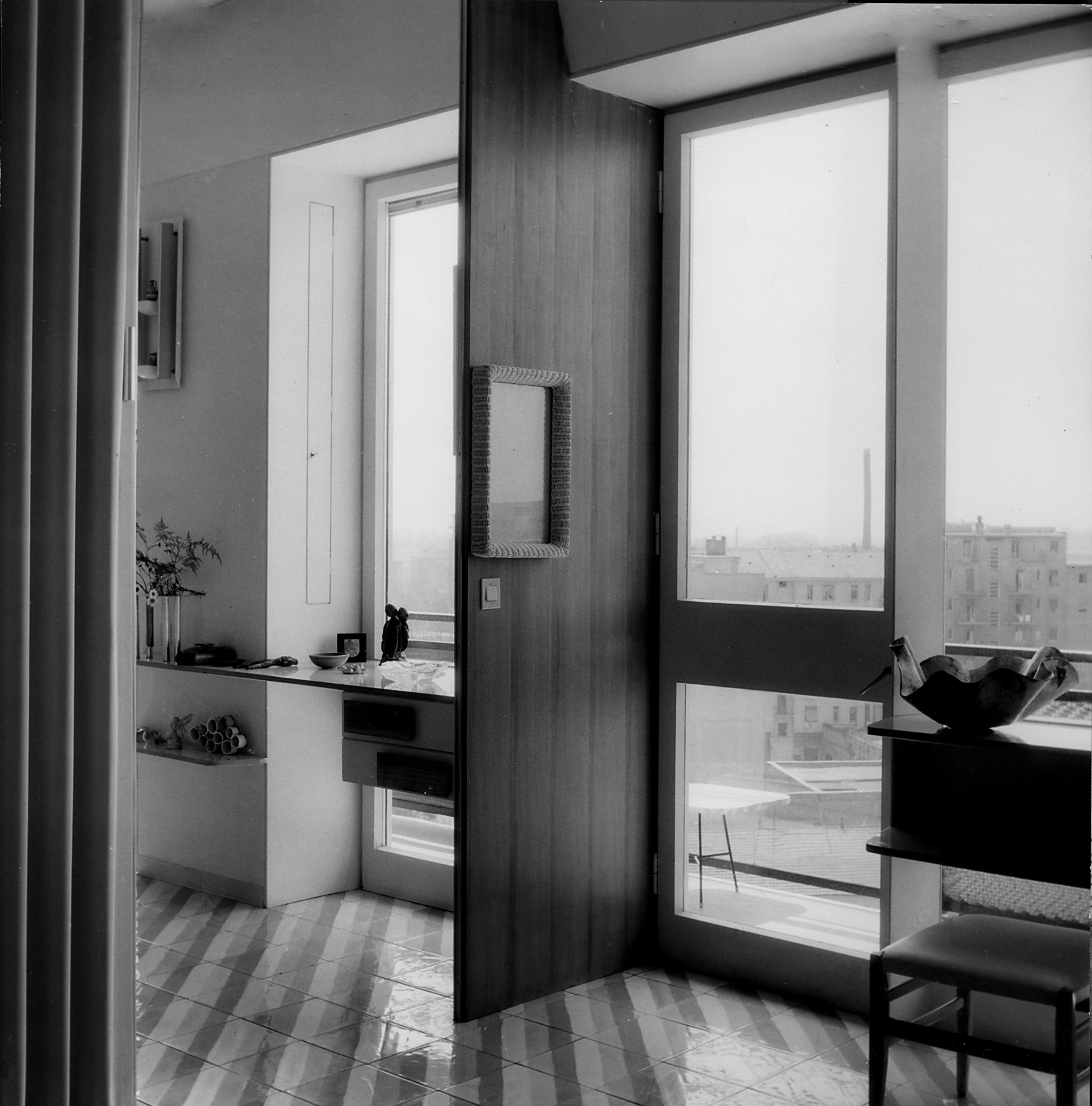 Gio Ponti Archives / G.Casali
Gio Ponti Archives / G.Casali
Towards the end of the 1920s, however, Ponti had become increasingly interested in industrial manufacture and saw the potential to make Italian design world-renowned. He viewed major exhibitions, such as the Triennale, as mechanisms to set new agendas in the field, and founded the magazine Domus in 1928 to further his ideas on architecture and how domestic life should be. In this vein of evolution, a collaboration with Fontana Arte from 1932 seemed to mark a stylistic turn. The minimal Bilia lamp is a simple composition of a spherical bulb on a conical base, which would later go on to be manufactured in a range of bright primary colours during the 1960s. From this groundbreaking work in the 30s, Ponti's approach continued to become more recognisably modern, always showing a playfulness with shape, texture and form.
When it came to the creation of the architect’s own residence at Via Dezza, it was clear that it would be no ordinary Milanese house. In a film made for Molteni&C, Ponti's daughters describe a space filled with warm colour, patterned floors and ceilings, and a quality of light that made it feel as if it were close to the sea, rather than the reality of a compact busy city. The living room, developed around the characteristic small table D.555.1 (1954-1955) where discussions with visiting artists, designers and critics could take place, coexisted with the octagonal dining table in the same room furnished with shelves and bookcases, illuminated by large windows.The family’s modestly sized apartment was also made to feel infinite thanks to folding walls. A fascination for folding, and the simplicity of using a single plane, also showed in certain of Ponti’s cutlery designs for Lino Sabbattini at Christofle (1956), and a range of metal characters made with enamel artist Paolo De Poli at around the same time, in which little birds, cows, fish and other figures were cut from a flat sheet and then folded to stand alone.
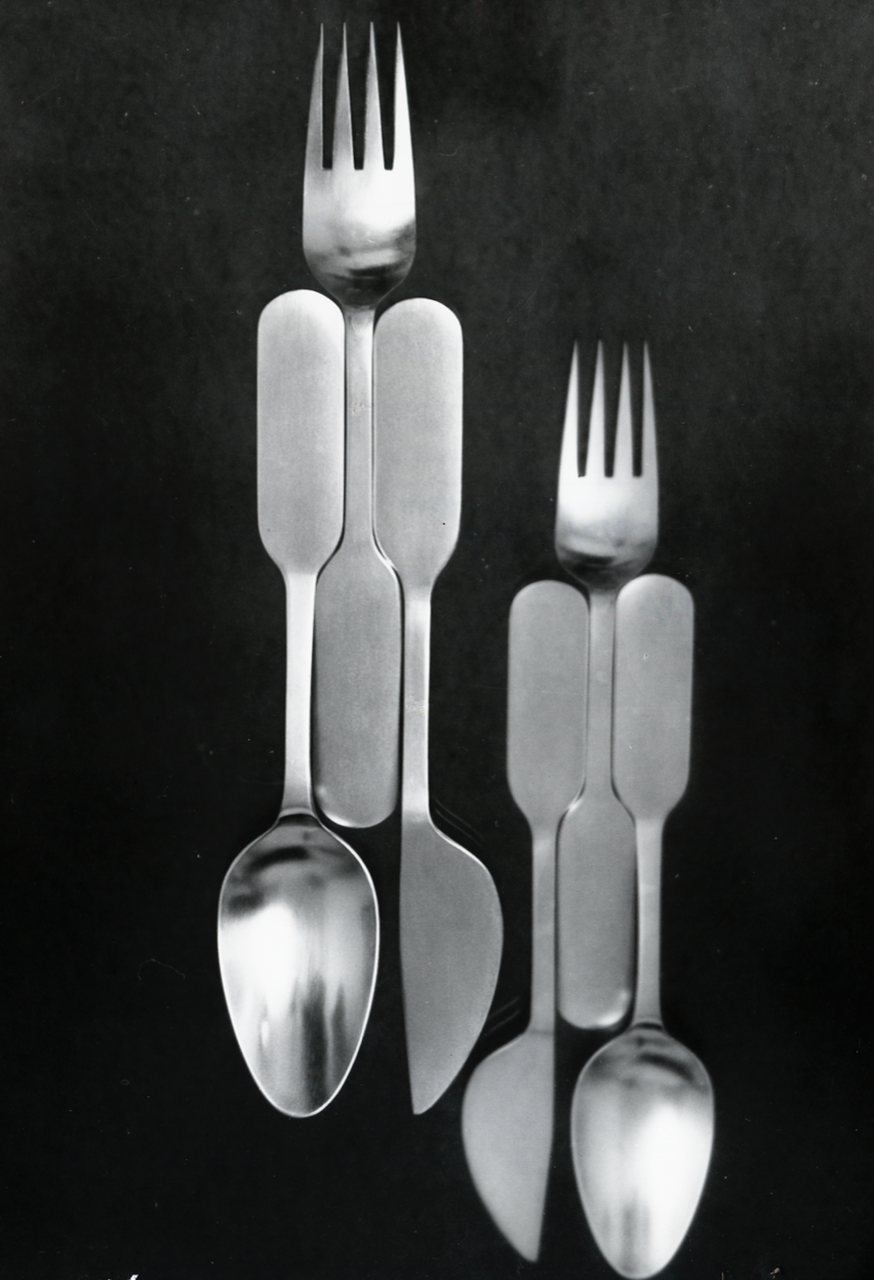 Gio Ponti Archives / S.Licitra
Gio Ponti Archives / S.Licitra
 Gio Ponti Archives / S.Licitra
Gio Ponti Archives / S.Licitra
Ponti would live in Via Dezza until his death in 1979, having completed a huge body of work that stretched from a simple door handle to a skyscraper, and seemingly everything in between. His later years saw him work internationally, evolving ideas about domesticity and returning to collaborate with companies he had met at the start of his career.
The designer never subscribed to a single style, but instead worked responsively to changing ideas, techniques and capabilities. Living Ponti style wasn’t meant as a prescription, but rather an invitation to embrace a more individual way of living, with inspirations drawn from all eras and styles. As such, every follower of architecture and design has something to admire in his work and life.
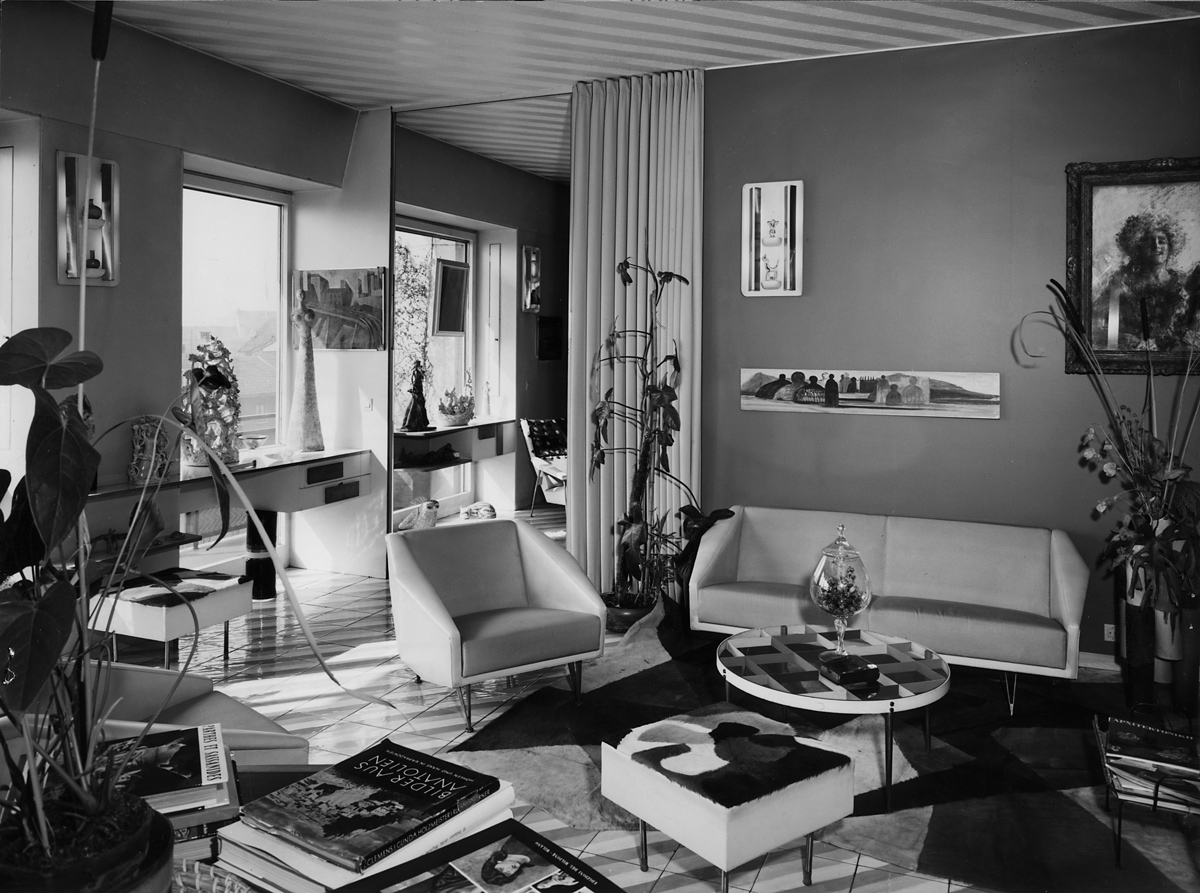 Gio Ponti Archives / Petazzi
Gio Ponti Archives / Petazzi
 Gio Ponti Archives / G.Casali
Gio Ponti Archives / G.Casali
Heritage collection -
Gio Ponti
The Gio Ponti collection, which Molteni&C dedicates to the great designer, was born in 2012 in collaboration with the Gio Ponti Archives and the Ponti heirs under the artistic direction of Studio Cerri & Associati. A tribute to one of the most complex architects of the twentieth century. The long process of research, study and selection, conducted in the archives with the heirs of Ponti, has led to the remaking of historical objects created by the great designer for private homes, special projects or small series. While respecting the originals, the novelties were however produced industrially, applying the latest technologies, to update them, in line with the concept of total living by Molteni&C and with contemporary living.
Discover the Gio Ponti heritage Collection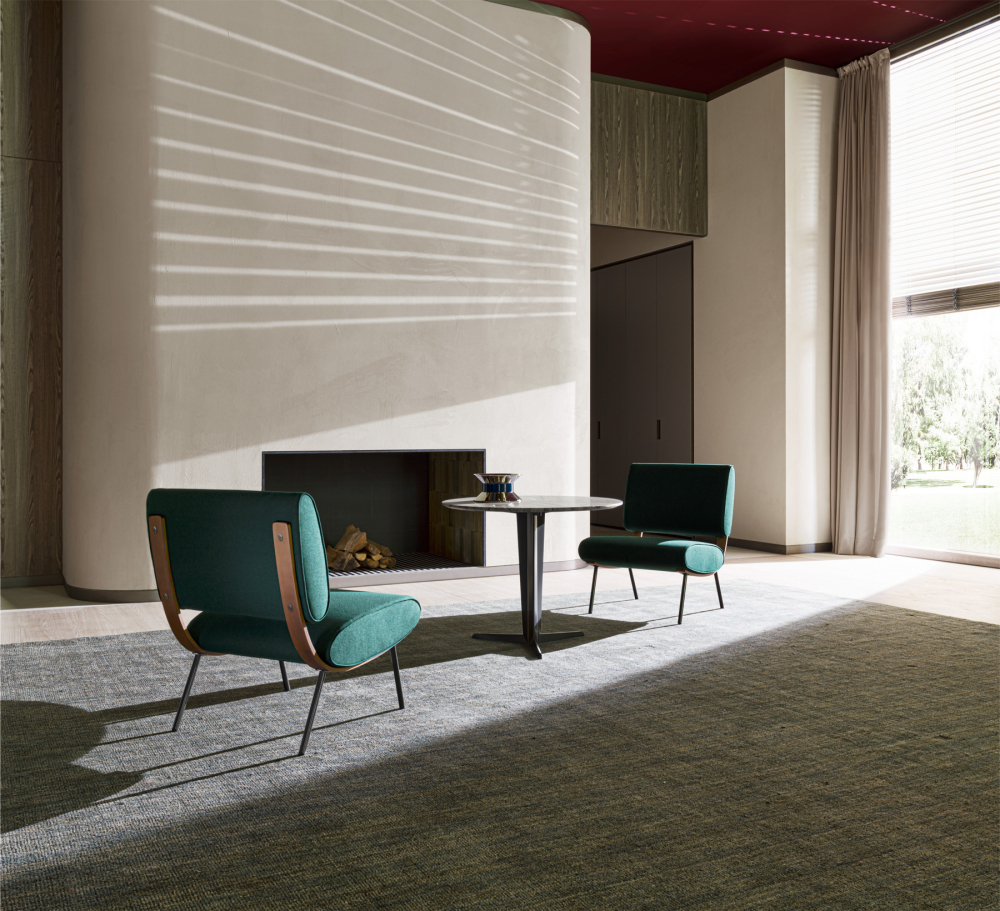
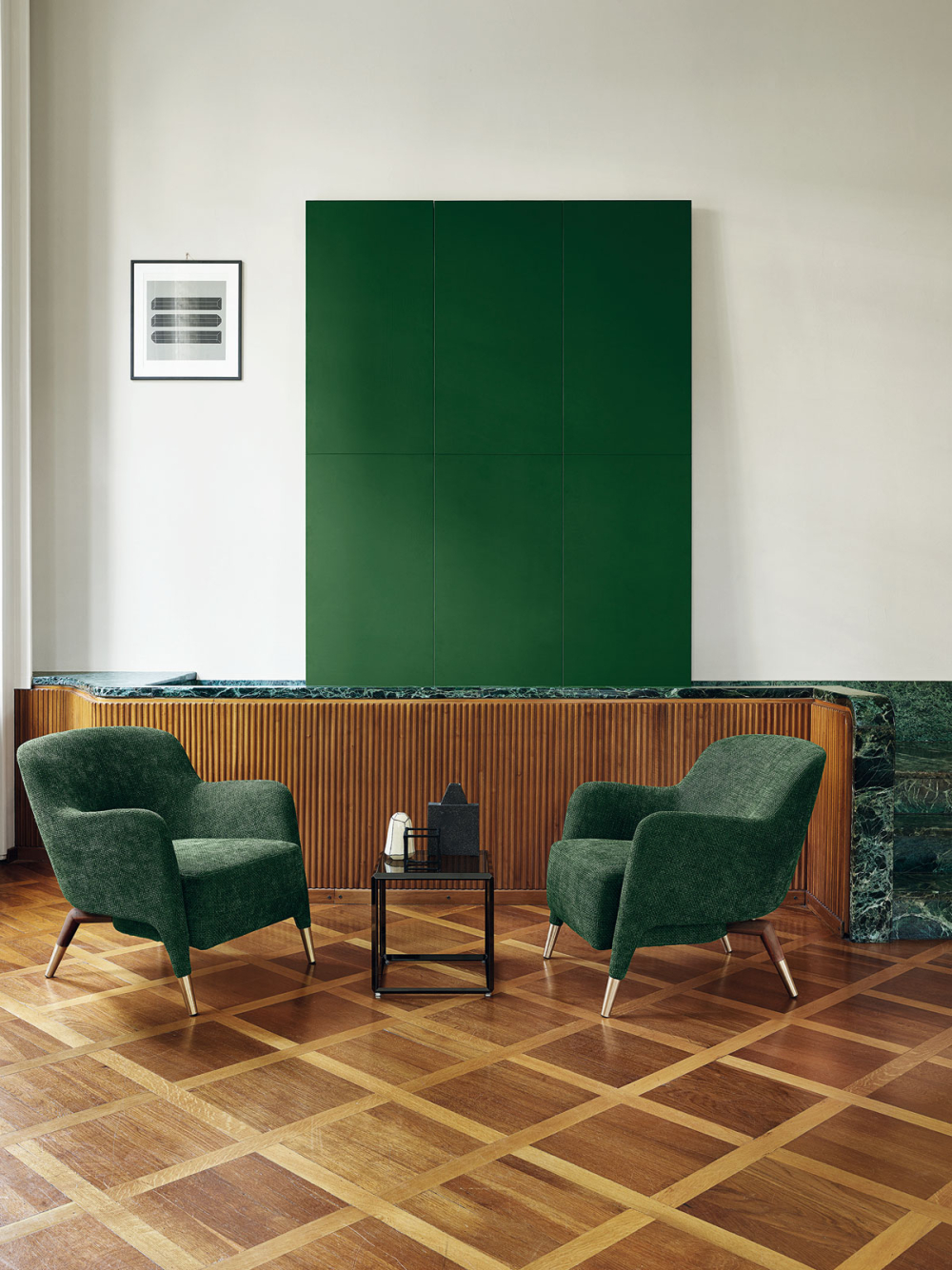
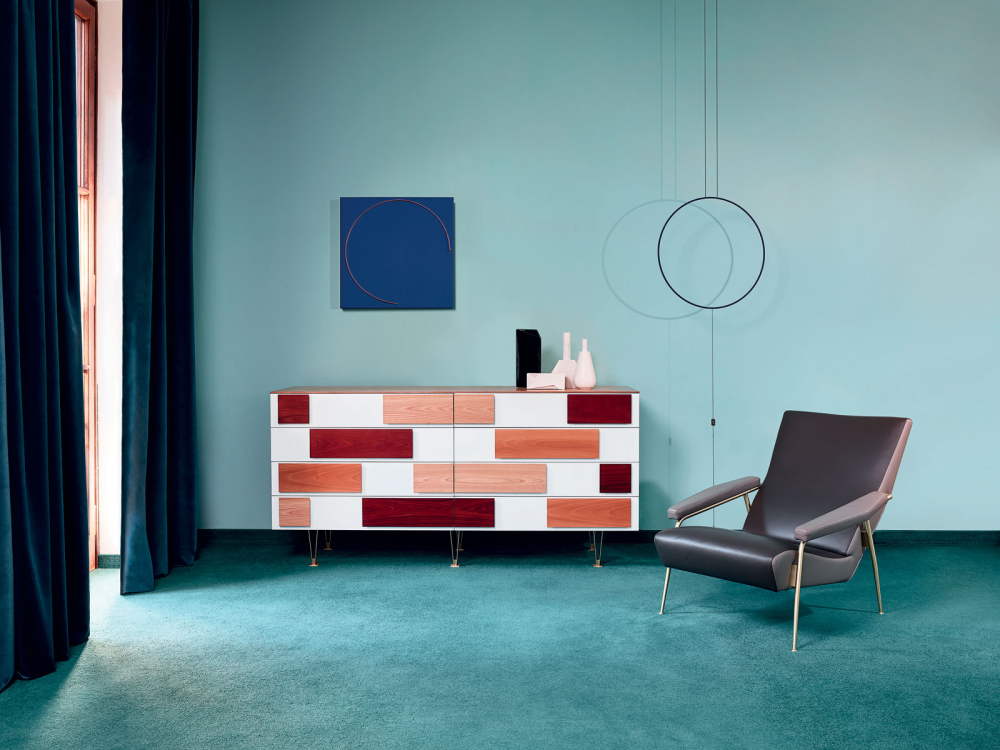
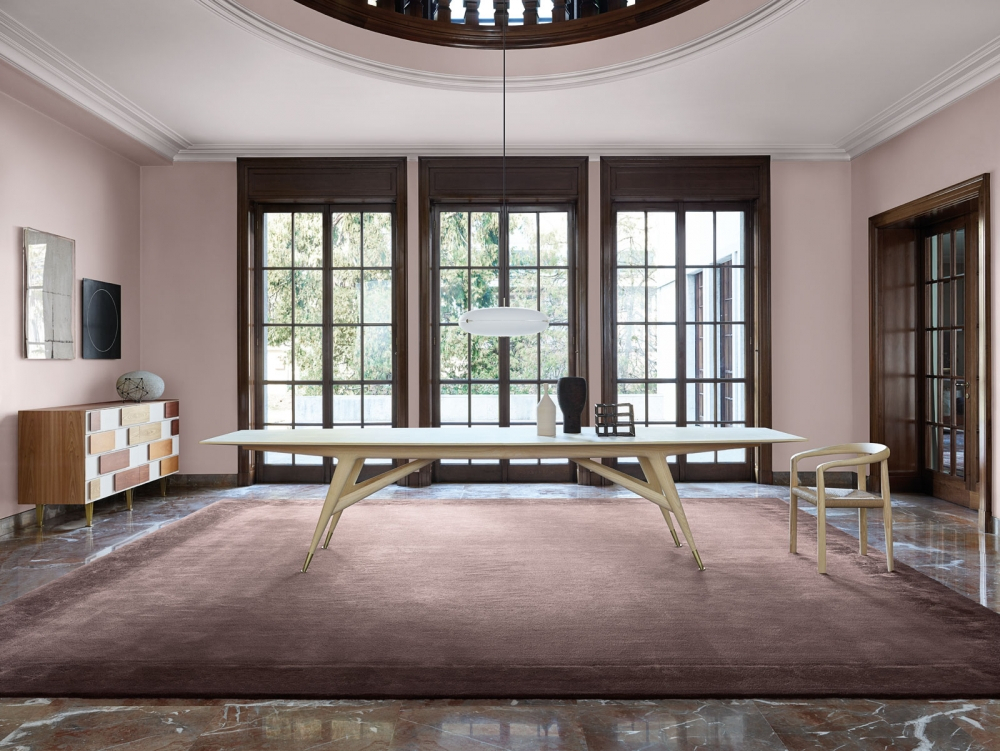
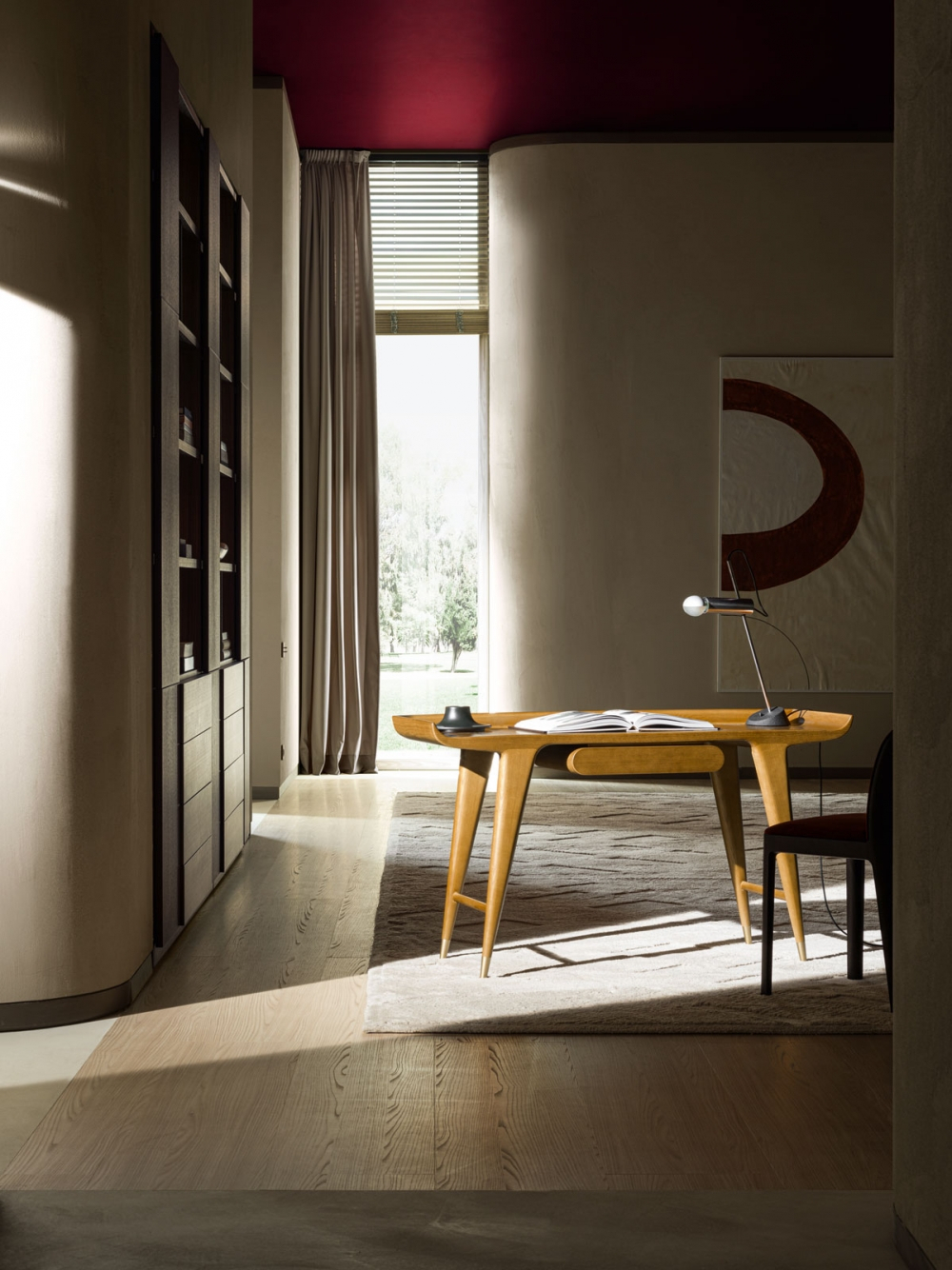
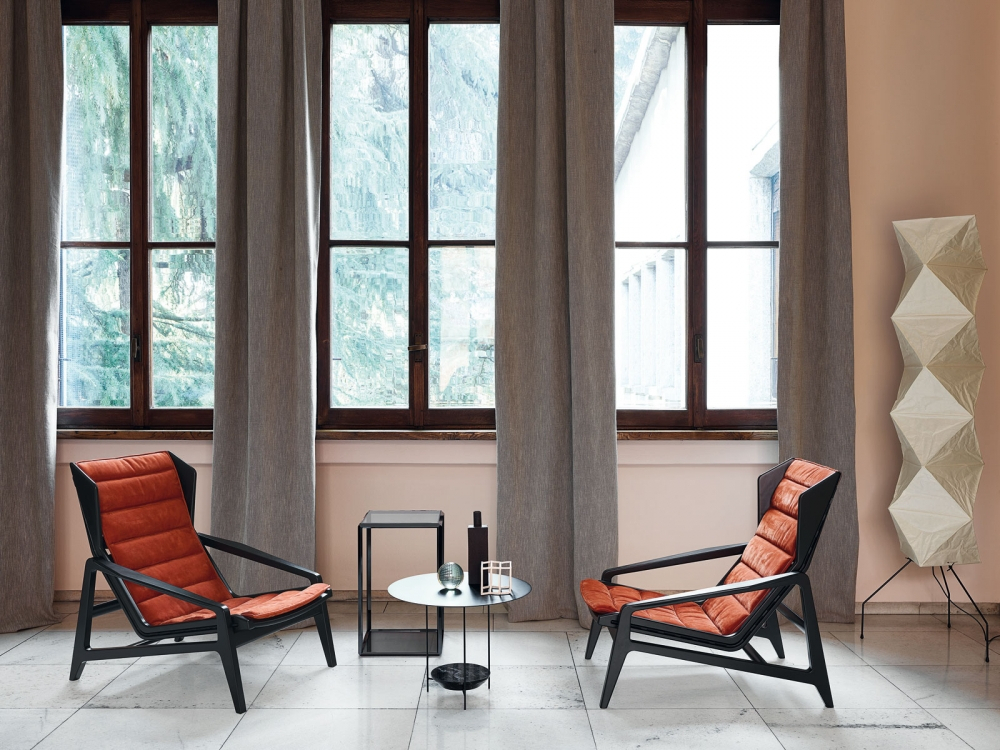
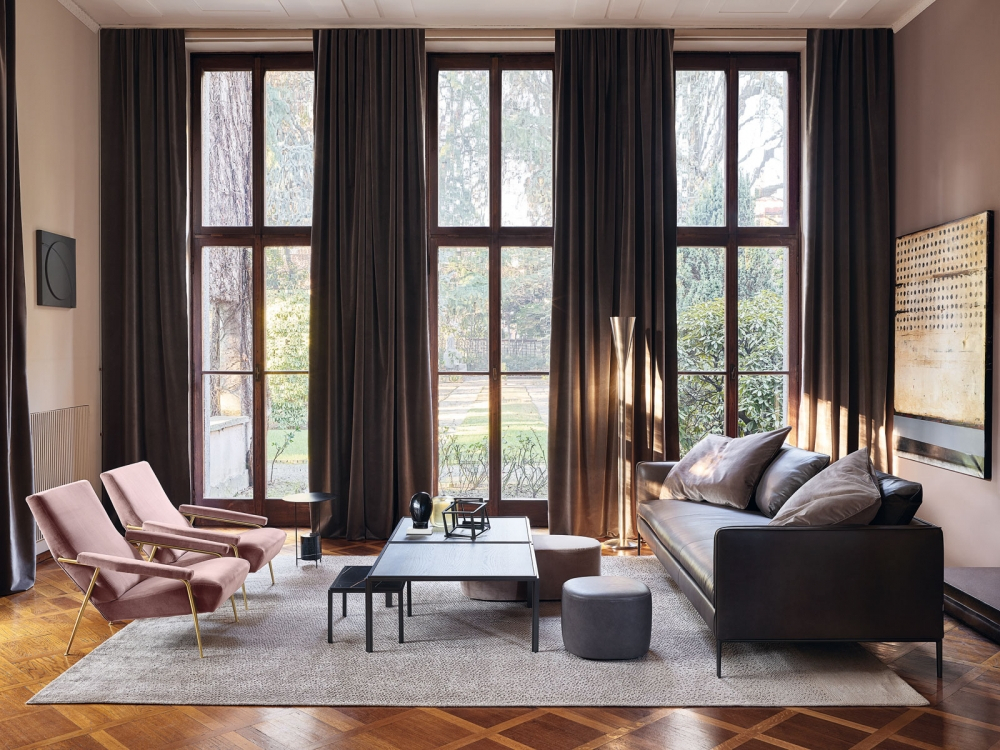
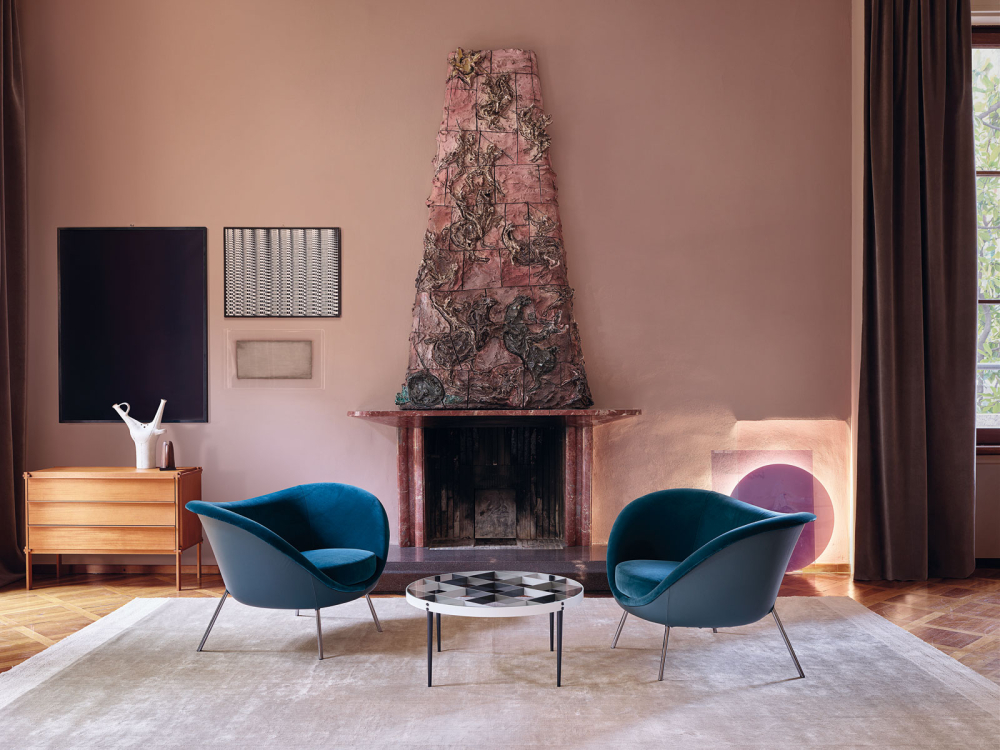
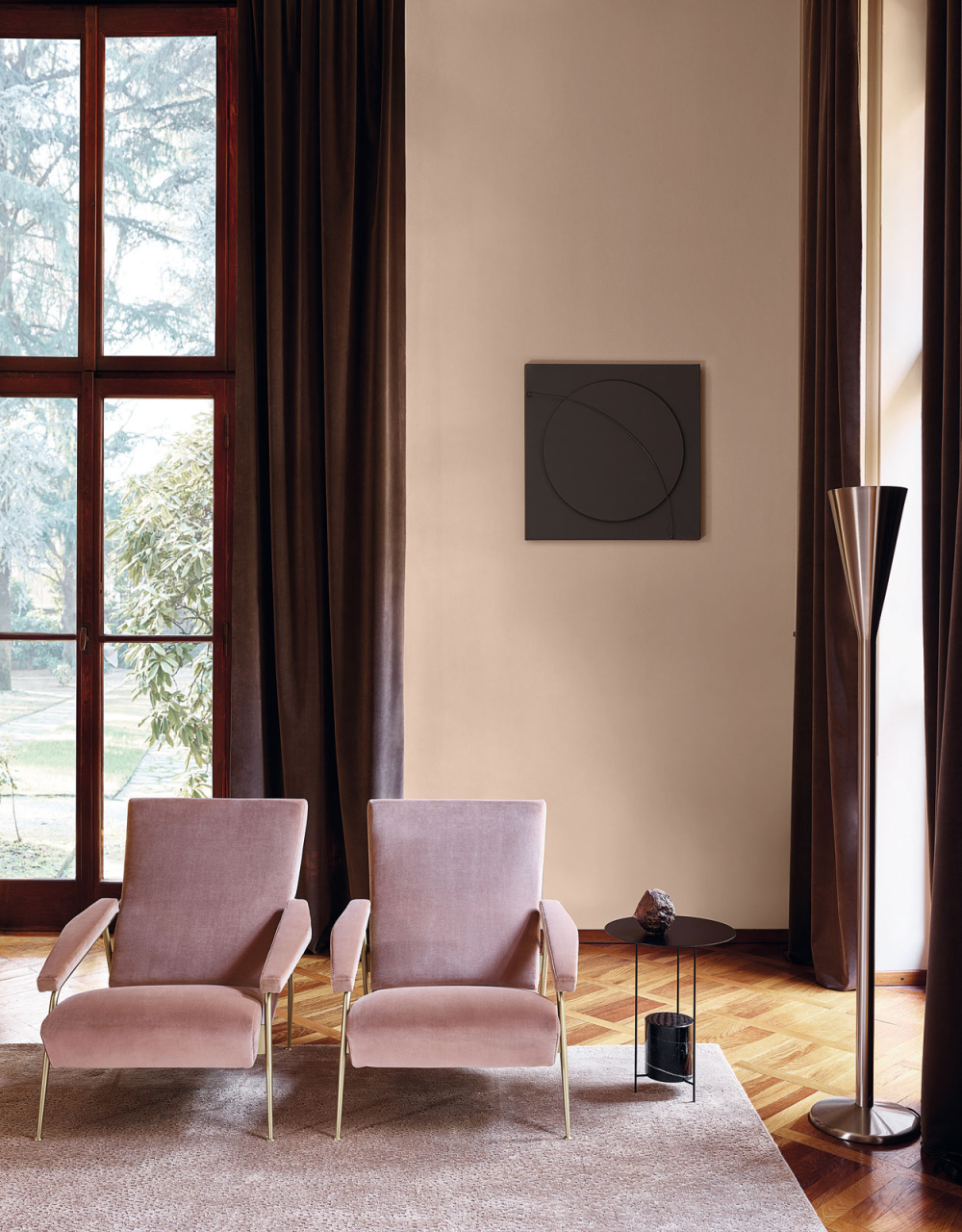
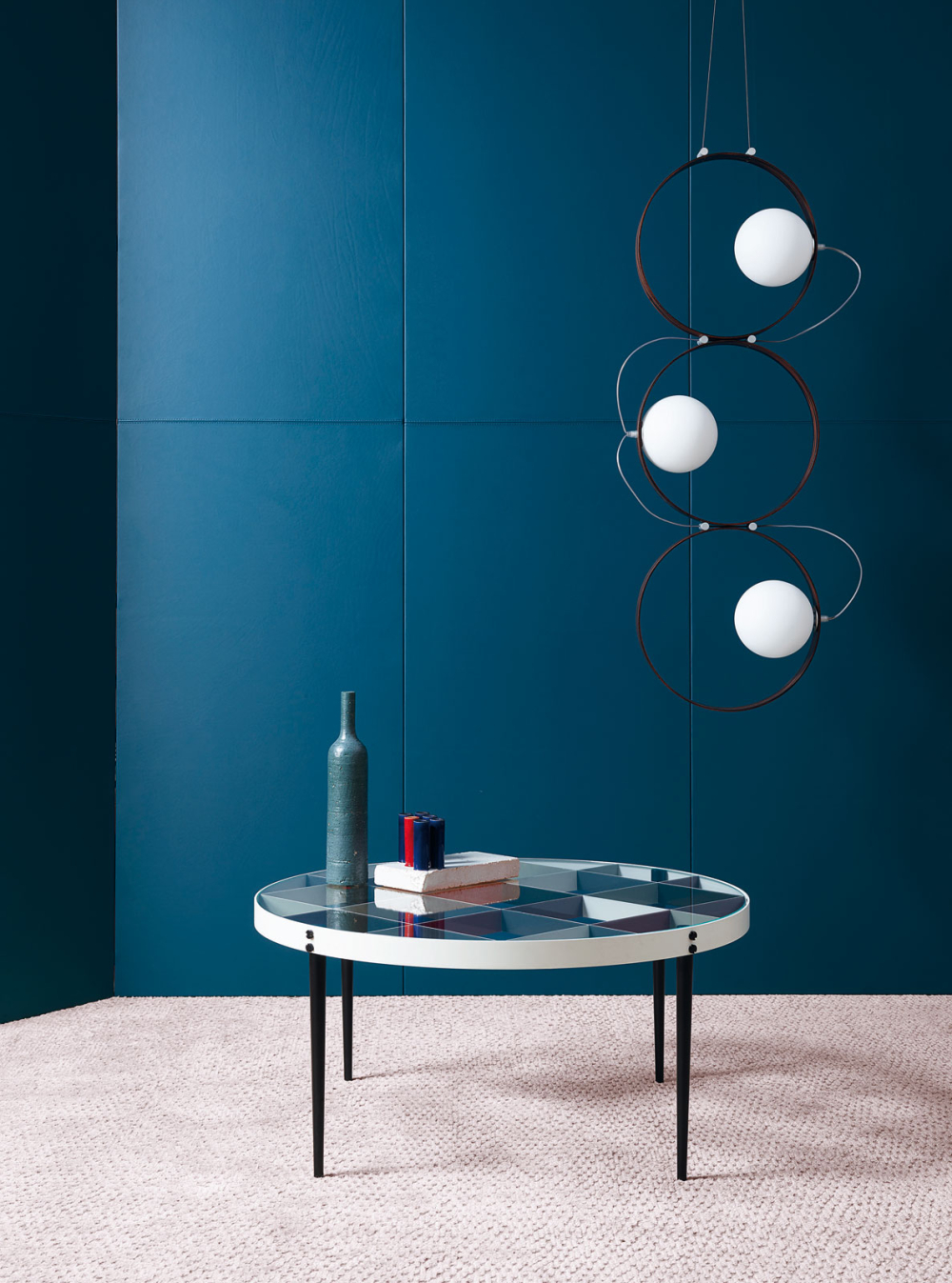

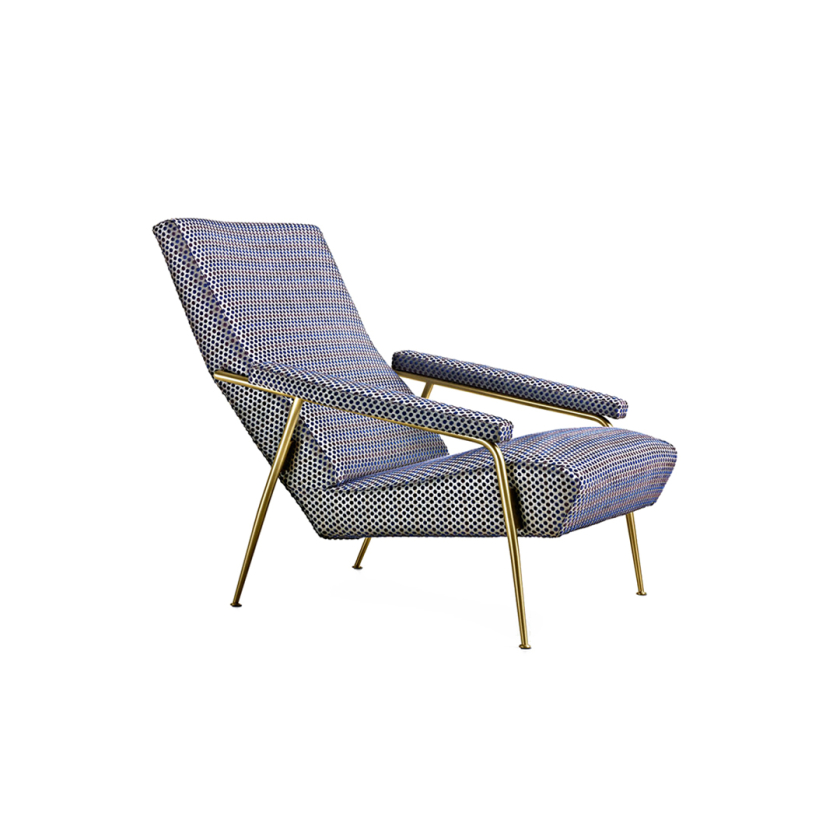

Like many of Gio Ponti's other pieces, the D.154.2 was conceived for a private client, the collectors Anala and Armando Planchart, as part of the project for their villa in Caracas, Venezuela.
Designers as Gio Ponti have long been attracted to the creative and intellectual freedom offered by maritime projects, and that continues to ring true today.
Thanks for your registration.